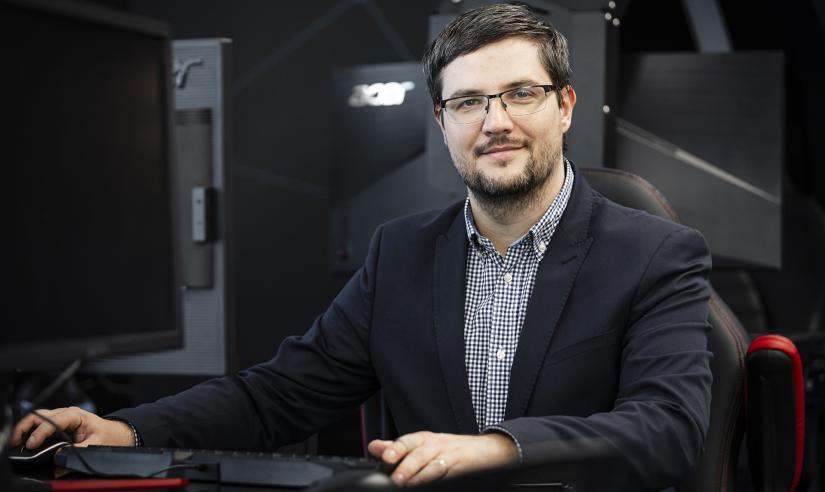Misinformation, disinformation and the power of algorithms
UTS Associate Professor Marian-Andrei Rizoiu is stopping the spread of fake news.

Associate Professor Marian-Andrei Rizoiu. Photo Andy Roberts
For Associate Professor Marian-Andrei Rizoiu, the effect of extremist online communities is personal.
“Like many families, mine is grappling with the effects of misinformation on someone we love and the damage it does to us all. I now have a kind of personal mission in my professional life – to help minimise these harms so others don’t go through what we are.”
Marian-Andrei is using algorithms to tackle it.
"My expertise is to build stochastic models. These are algorithms that predict possible outcomes while accounting for “noise” or random variance...I was using these mathematical tools to understand how information spreads on online social platforms and within populations of individuals connected digitally."
“But in reality, in order to make a real dent, I quickly realised I needed to partner up with social scientists, political scientists, digital communication experts, journalists and so on.”
After meeting two UTS social science academics – Dr Francesco Bailo, a lecturer in digital communications, and Associate Professor Amelia Johns, a digital ethnographer, they decided to team up.
“We further developed our collaboration and then kept applying our tools. We built prototypes and software dashboards together. We developed the approaches for data labelling that minimise the time and effort of the expert involved. We deployed large language models.”
The successful partnership led to funding from Facebook and the Defence Innovation Network.
Now, Marian-Andrei is focused on building tools to help others counter misinformation.
It’s not like there’s a silver bullet approach where you click a button and it's all done. We cannot replace the experts. However, we can give new tools and methods to the operative, journalist or social scientist that automate their tasks and help augment their expertise.
Associate Professor Marian-Andrei Rizoiu
Associate Professor Marian-Andrei Rizoiu is a finalist for the 2024 Department of Defence Eureka Prize for Outstanding Science in Safeguarding Australia.
